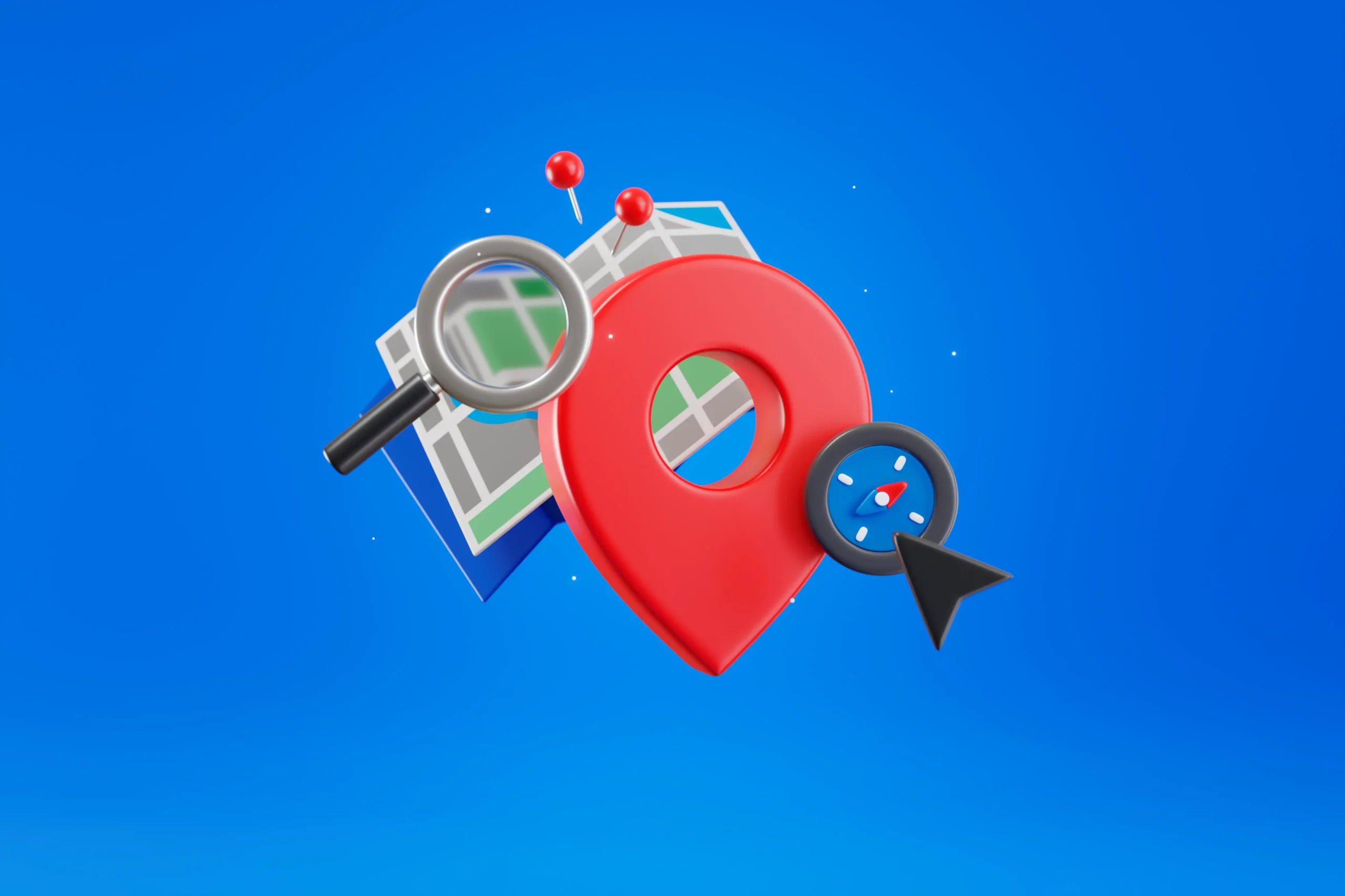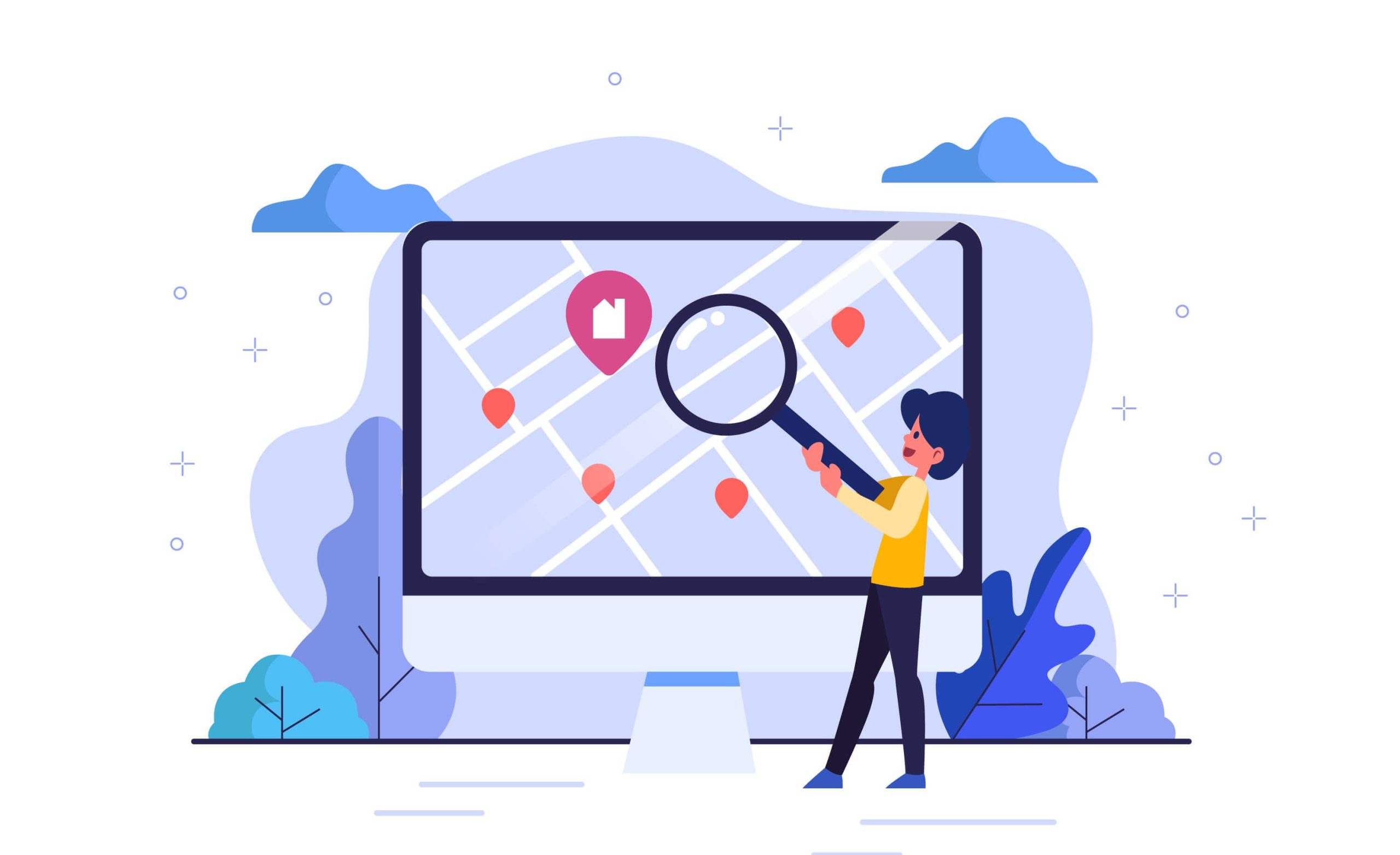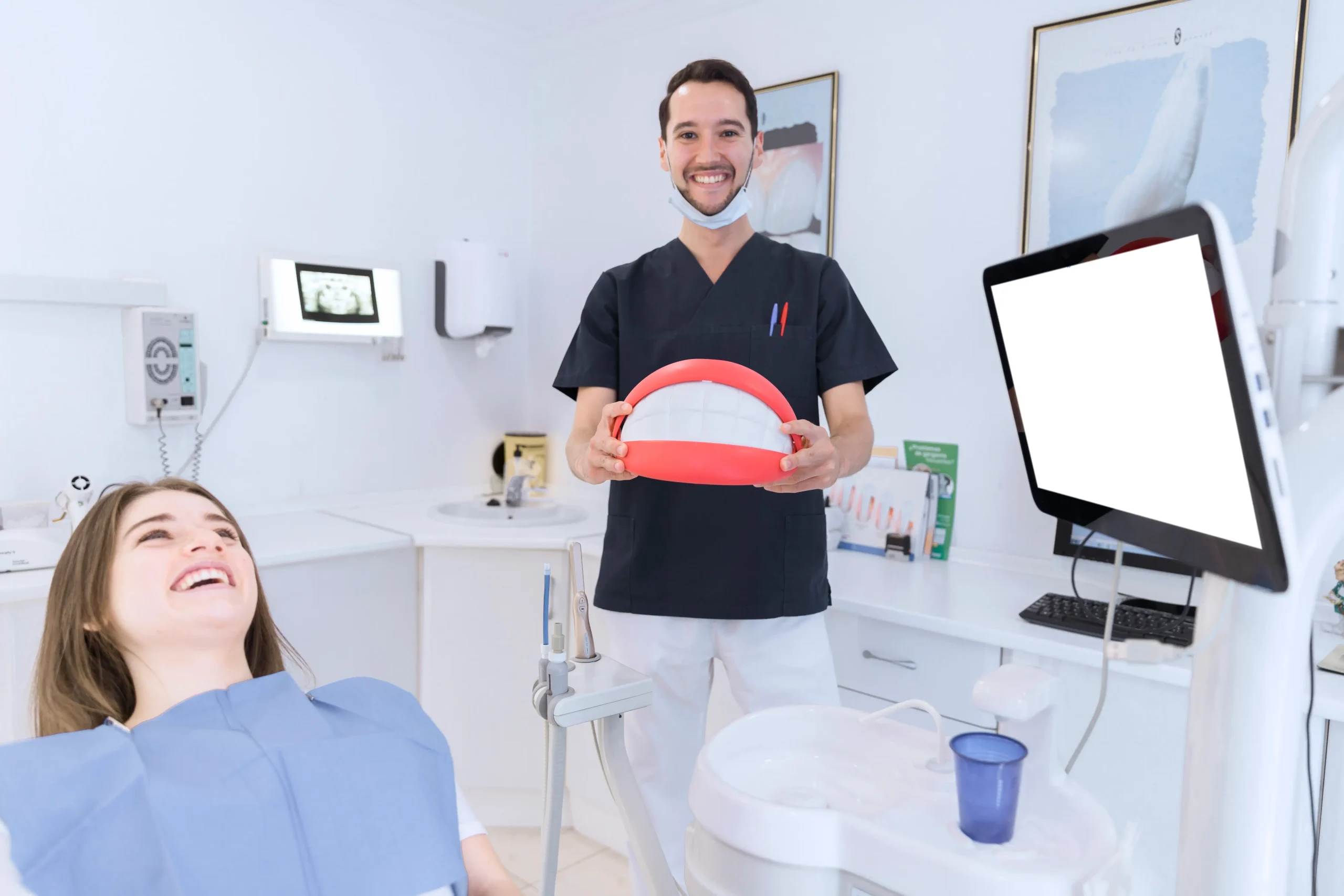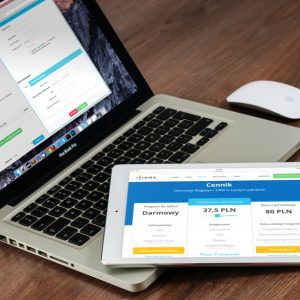The old saying is true: “You can’t know everything.” A/B testing (aka split-testing) may be one of the best ways to tap into Google’s mind and get evidence for your theories. By experimenting with various rankings factors you’ll find out whether or not certain moves are worth making without having any logical reason behind them; after all, SEO isn’t simply a matter of following prescriptive rules – it evolves as new information becomes available. In this blog post, we’ll talk about how to run an A/B test for SEO and why you need it. Let’s go on.
What is A/B testing?
A/B testing, also known as split testing, is a process that allows you to test two different versions of a web page to see which one performs better. You can use A/B testing to determine the best title tag, meta description, call to action, or any other element on your page. Using A/B testing can improve your website’s SEO and generate more traffic.
If you’re looking to improve your website’s SEO, A/B testing is a great place to start. By split testing different elements on your page, you can determine which ones are most effective at generating traffic and conversions. A/B testing is an essential tool for any website owner who wants to optimize their site for search engines.
How does A/B testing work?
A/B testing works by showing one version of a web page to half of your visitors, and the other version to the other half. This is done through a process called “split testing”. After enough data has been collected, you can then analyze the results to see which version performed better. A/B testing is a powerful tool that can help you improve your website’s SEO and generate more traffic.
How To Design An A/B Test for SEO?
When designing an A/B test for SEO, you will need to consider what element you want to test. Once you have decided on the element, you will need to create two different versions of the web page. Once the two versions are created, you will need to use a split-testing tool to determine which version performs better.
Why should you run A/B test?
A/B testing is a powerful tool that can help you improve your website’s SEO and generate more traffic. A/B testing can also help you avoid making disastrous decisions, and justify further investment in promising areas. The benefits of A/B testing include:
Improving your website’s SEO
A/B testing is a powerful tool to improve your website’s SEO. By testing different elements on your web page, you can determine which ones are most effective at generating traffic and improving your ranking in search engines.
Generating more traffic
A/B testing can also help you generate more traffic to your website. By testing different elements on your web page, you can determine which ones are most effective at generating traffic.
Avoiding disastrous decisions
A/B testing can help you avoid making disastrous decisions. By testing different elements on your web page, you can determine which ones are most effective at generating traffic and avoiding potential problems.
A/B testing is beneficial to justify further investment in promising areas. By testing different elements on your web page, you can determine which ones are most effective at generating traffic and justifying further investment.
Measuring the impact of A/B tests
It is important to measure the impact of A/B tests before making any changes to your website. This will ensure that you are making the best decision for your website. There are a few different ways to measure the impact of A/B tests.
- You can use Google Analytics to see how each version of the web page performs.
- You can also use heat mapping tools to see where users are clicking on each page.
- Finally, you can also ask users directly what they think of each page. By measuring the impact of A/B tests, you can make sure that you are making the best decision for your website.
Which Are the Best Elements for A/B Test?
In the first step of A/B testing, we suggested you choose what you want to test. So, what can you test? Here are the main elements for the A/B test:
1. Title tags
The title tag is one of the most important elements on your page. A/B testing can help you determine the best title tag for your page.
Best Practices:
- Test one element at a time.
- Keep your test groups small.
- Make sure your test is statistically significant.
What to A/B Test:
- The length of your title tag.
- The placement of keywords in your title tag.
- The use of synonyms or related keywords in your title tag.
A/B testing can help you find the best title tag for your page! Try testing different lengths, keyword placements, and related keywords to see what works best for you.
2. CTA
A call to action (CTA) is a phrase or words that encourage a reader to take a specific action. A/B testing can help you determine the best CTA for your page.
Best Practices:
- Use strong verbs that encourage action.
- Keep your CTA short and to the point.
- Make your CTA visible and easy to find.
What to A/B Test:
- The text of your CTA.
- The color of your CTA button.
- The placement of your CTA on the page.
A/B testing can help you find the best call to action for your page! Try testing different text, colors, and placements to see what works best for you.
3. Images, audio, and video
Including images, audio, and video on your page can help to engage your readers. A/B testing can help you determine the best way to use these elements on your page.
Best Practices:
- Use high-quality images that are relevant to your content.
- Use short videos that are easy to watch and understand.
- Use audio that is clear and easy to listen to.
What to A/B Test:
- The number of images on your page.
- The placement of images on your page.
- The use of audio or video on your page.
A/B testing can help you find the best way to use images, audio, and video on your page! Try testing different numbers, placements, and types of media to see what works best for you.
4. Page copy
The copy on your page is important for both SEO and engagement. A/B testing can help you determine the best way to use copy on your page.
Best Practices:
- Use keyword-rich titles and descriptions.
- Use short paragraphs that are easy to read.
- Use bullet points or lists when possible.
What to A/B Test:
- The length of your page copy.
- The use of keywords in your page copy.
- The format of your page copy.
A/B testing can help you find the best way to use copy on your page! Try testing different lengths, keyword placements, and formats to see what works best for you.
5. Content depth
Including more content on your page can help to improve SEO and engagement. A/B testing can help you determine the best way to add content to your page.
Best Practices:
- Use keyword-rich titles and descriptions.
- Use short paragraphs that are easy to read.
- Use bullet points or lists when possible.
What to A/B Test:
- The length of your content.
- The use of keywords in your content.
- Use bullet points or lists when possible.
A/B testing can help you find the best way to add additional content to your page! Try testing different lengths, keyword placements, and formats to see what works best for you.
6. URL structure
The structure of your URL can impact both SEO and engagement. A/B testing can help you determine the best way to structure your URL.
Best Practices:
- Use keyword-rich titles and descriptions.
- Use short paragraphs that are easy to read.
- Use bullet points or lists when possible.
What to A/B Test:
- The length of your URL.
- The use of keywords in your URL.
- The structure of your URL.
A/B testing can help you find the best way to structure your URL! Try testing different lengths, keyword placements, and structures to see what works best for you.
7. H1 headers
The text in your H1 header is important for both SEO and engagement. A/B testing can help you determine the best way to use text in your H1 header.
Best Practices:
- Use keyword-rich titles and descriptions.
- Use short paragraphs that are easy to read.
- Use bullet points or lists when possible.
What to A/B Test:
- The length of your H1 header text.
- The use of keywords in your H1 header text.
- The format of your H1 header text.
A/B testing B testing can help you find the best way to use text in your H H11 header! Try testing different lengths, keyword placements, and formats to see what works best for you.
8. Meta descriptions
The meta description is the text that appears under your page title in search results. A/B testing can help you determine the best way to use meta descriptions on your page.
Best Practices:
- Use keyword-rich titles and descriptions.
- Use short paragraphs that are easy to read.
- Use bullet points or lists when possible.
What to A/B Test:
- The length of your meta description.
- The use of keywords in your meta description.
- The format of your meta description.
A/B testing can help you find the best way to use meta descriptions on your page! Try testing different lengths, keyword placements, and formats to see what works best for you.
9. Landing pages
A/B testing B testing can help you determine the best way to design and optimize your landing pages.
Best Practices:
- Use keyword-rich titles and descriptions.
- Use short paragraphs that are easy to read.
- Use bullet points or lists when possible.
What to A/B Test:
- The length of your landing page copy.
- The use of keywords in your landing page copy.
- The format of your landing page copy.
A/B testing B testing can help you find the best way to design and optimize your landing pages! Try testing different lengths, keyword placements, and formats to see what works best for you.
A/B testing process?
Now that you know what A/B testing is and how it works, you may be wondering what the process looks like. The A/B testing process is quite simple and can be broken down into a few steps:
STEP 1 Choose What You Want to Test
The first step in A/B testing is to decide on what element you want to test. This could be anything from the title tag to the call to action. Once you have decided on the element, you will need to create two different versions of the web page.
STEP 2 Set Goals
Before you can start A/B testing, you need to set some goals. These goals will help you determine whether or not the A/B test was successful.
Some goals you may want to set for your A/B test include:
- Increasing click-through rate
- Decreasing bounce rate
- Increasing time on site
- Increasing conversion rate
STEP 3 Analyze Data
After you have set your goals, you will need to analyze your data. This data will help you determine which version of the web page is performing better. You can use Google Analytics to collect this data.
STEP 4 Select the Page You’ll Test
Once you have analyzed your data, you will need to select the page that you want to A/B test. This page should be getting a lot of traffic.
STEP 5 Set the Elements to A/B Test
After you have selected the page that you want to A/B test, you will need to decide on the elements that you want to test. This could be anything from the title tag to the call to action.
STEP 6 Create a Variant
Once you have decided on the elements that you want to A/B test, you will need to create a variant. A variant is simply a version of the web page that is different from the original.
STEP 7 Choose the Best A/B Testing Tools
There are several different A/B testing tools available. Some of these tools are free, while others are paid. A few of the most popular A/B testing tools include:
STEP 8 Design Your Test
Once you have chosen the A/B testing tool that you want to use, you will need to design your test. This includes deciding on the elements that you want to test and creating a variant.
STEP 9 Accumulate Data
After you have designed your test, you will need to accumulate data. This data will help you determine which version of the web page is performing better. You can use Google Analytics to collect this data.
STEP 10 Analyze the A/B Testing Statistics
After you have collected the data, you will need to analyze the A/B testing statistics. This will help you determine which version of the web page is performing better.



































































































































































































































